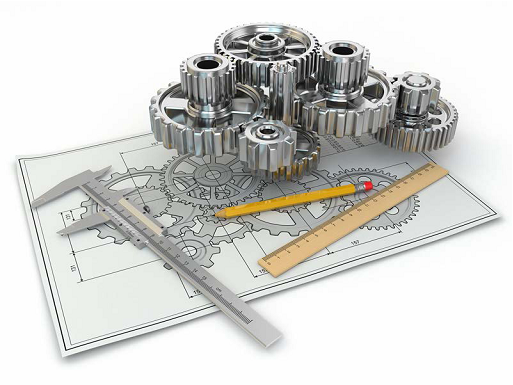Vibration Analysis
We have experience in performing vibration analysis and de-tuning to meet the requirements of Mil-STD 810F in machinery and electronics cabinetry. The military specification identifies vibration frequencies that equipment will be exposed to in the field. All equipment that meets the standard must be designed so that it does not have a resonant frequency in any of the specified areas. Where machinery is not subject to the military specifications it is possible to identify the frequencies that the machinery is exposed to and to detune it so as to reduce wear on the machinery.
It is necessary to determine the fragility specification for the equipment to be de-tuned. This determines what level of acceleration the machinery can withstand without damage. The level of acceleration will also depend upon the frequency of the vibration the machinery is exposed to during operation and during storage or transportation.
Phase I
A Sweep test exposes the machinery to a range of frequencies. A properly designed sweep test will have accelerometers installed on the machinery at critical points on structures and subcomponents. As the frequency of vibration changes the accelerometers will tell you how sensitive that location is to the frequency. The more sensitive the location the higher the acceleration and the greater the chance of a failure.
Phase II
An analysis of the results of the sweep test will determine which areas are critical and need to be de-tuned. The information from the sweep test will also be fed into a computer model that can be used to make predictions on the effect of particular detuning actions.
Phase III
Detuning the equipment involves changing the mass or the stiffness of the members or components. It can be achieved by introducing springs or by stressing the members or changing the stiffness to change their resonant frequencies. Detuning involves tradeoffs, adding spring components can reduce the resonance at a high frequency but at the expense of increasing it at a lower frequency. Detuning a complex device for multiple frequency ranges also must take into account coupling modes that create new resonant frequencies. Changing the stress on a component is similar to tightening a guitar string, the tighter the string the higher the frequency. The more prestress on a component the higher the resonant frequency.
Predictions are made by making changes to the computer model, and then these are tested against the actual device to verify that the model correctly represents the device. A simple hammer strike test can be used to predict the effects of specific changes and this can be compared to the computer model to validate the computer model. If necessary the model can be changed to give a more accurate representation of the device.
Phase IV
To achieve certification under the military standard the final detuned device is subjected to two tests, a random vibration test and a shock test.
